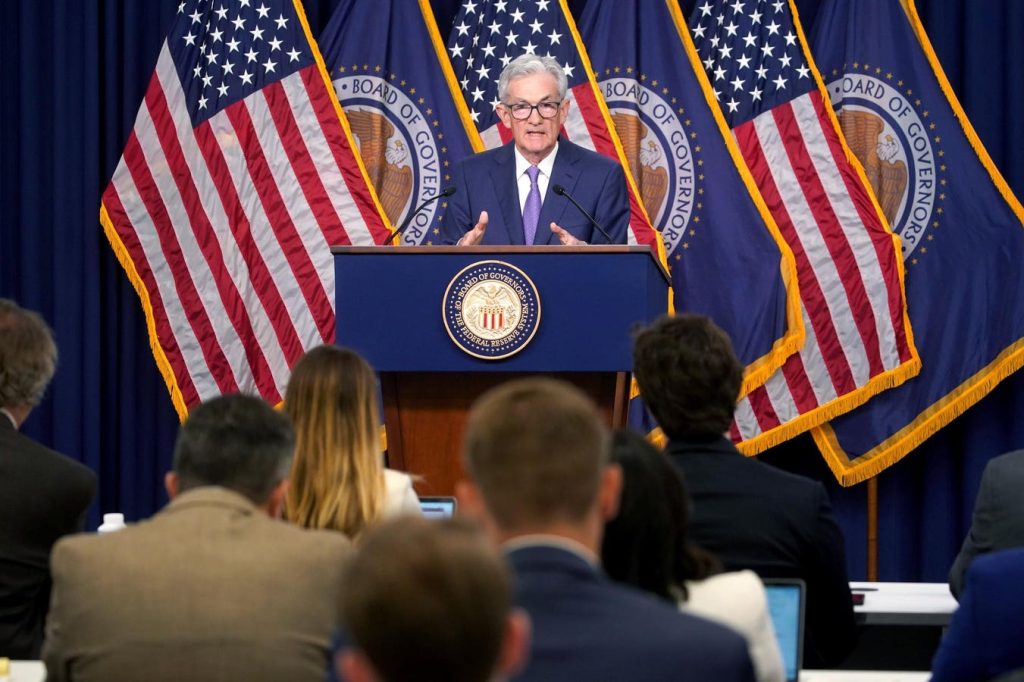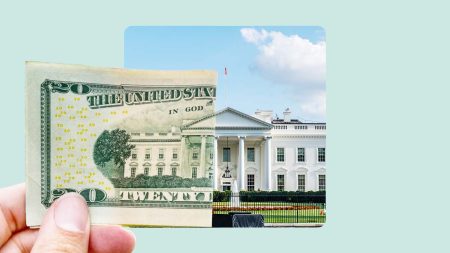The Federal Open Market Committee is not expected to adjust interest rates at the conclusion of its next meeting on July 31. However, if economic data continues to trend favorably, FOMC policymakers may start to position themselves for an interest rate cut at the conclusion of the subsequent meeting on September 18.
Market Expectations
Markets currently see little chance of interest rates moving at the FOMC’s July meeting. Forecasting site Kalshi gives roughly a 7% chance of rates being cut in July. The CME’s FedWatch tool puts the probability at 10%. In contrast, come the September meeting, a rate cut is currently viewed as more likely that not.
In addition, the FOMC’s own interest rate forecasts from June 12 implied that one or two cuts are probable in 2024. At this point, there are only four scheduled meetings remaining on the FOMC calendar. Hence July may prove too soon to cut interest rates, but the FOMC may start to manage market expectations that a September interest rate cut is increasingly likely.
A Possible Change In Statement Language
One way to do this may be an adjustment to the language of this most recent FOMC statement: “The Committee does not expect it will be appropriate to reduce the target range until it has gained greater confidence that inflation is moving sustainably toward 2 percent.” That language has been consistently used in the FOMC statement since January 2024, and any change in wording could prove significant.
Inflation Trends
Of course, this requires that inflation does continue to trend toward 2%. There have been signs of that trend in both April and May’s inflation reports, but upcoming inflation reports for June and July will matter for FOMC decision making.
It currently appears probable that inflation will continue to cool in a way that supports an interest rate cut. But if the economic data is not supportive, as we saw in the first quarter of 2024, then cuts could be delayed later into 2024 or even 2025.
The Jobs Market
Unemployment forecasts feed into the FOMC’s decision making. So far, the Federal Reserve has expressed some confidence that the jobs market is robust, despite some measured increases in the unemployment rate. If the jobs market did show unexpected weakness, that would likely cause the FOMC to accelerate potential interest rate cuts.
That’s because maintaining full employment is the other half of the Fed’s mandate alongside price stability. For now, this has not been an issue, but the picture could change quickly.
The Fed’s July Decision
The FOMC’s July decision is largely expected to keep interest rates steady in their current 5.25% to 5.5% range. There is still some material economic data to come before the meeting, including inflation reports and data about the state of the U.S. jobs market. Abrupt shifts in the those reports relative to expectations could change the FOMC’s stance.
However, for now, come July it appears that the FOMC may be moving incrementally toward the first interest rate cut of this economic cycle. Therefore, given the typically careful focus on managing expectations, the FOMC may use the July meeting to formally signal an interest rate cut is likely imminent, rather than make the first reduction in interest rates.
Read the full article here
















